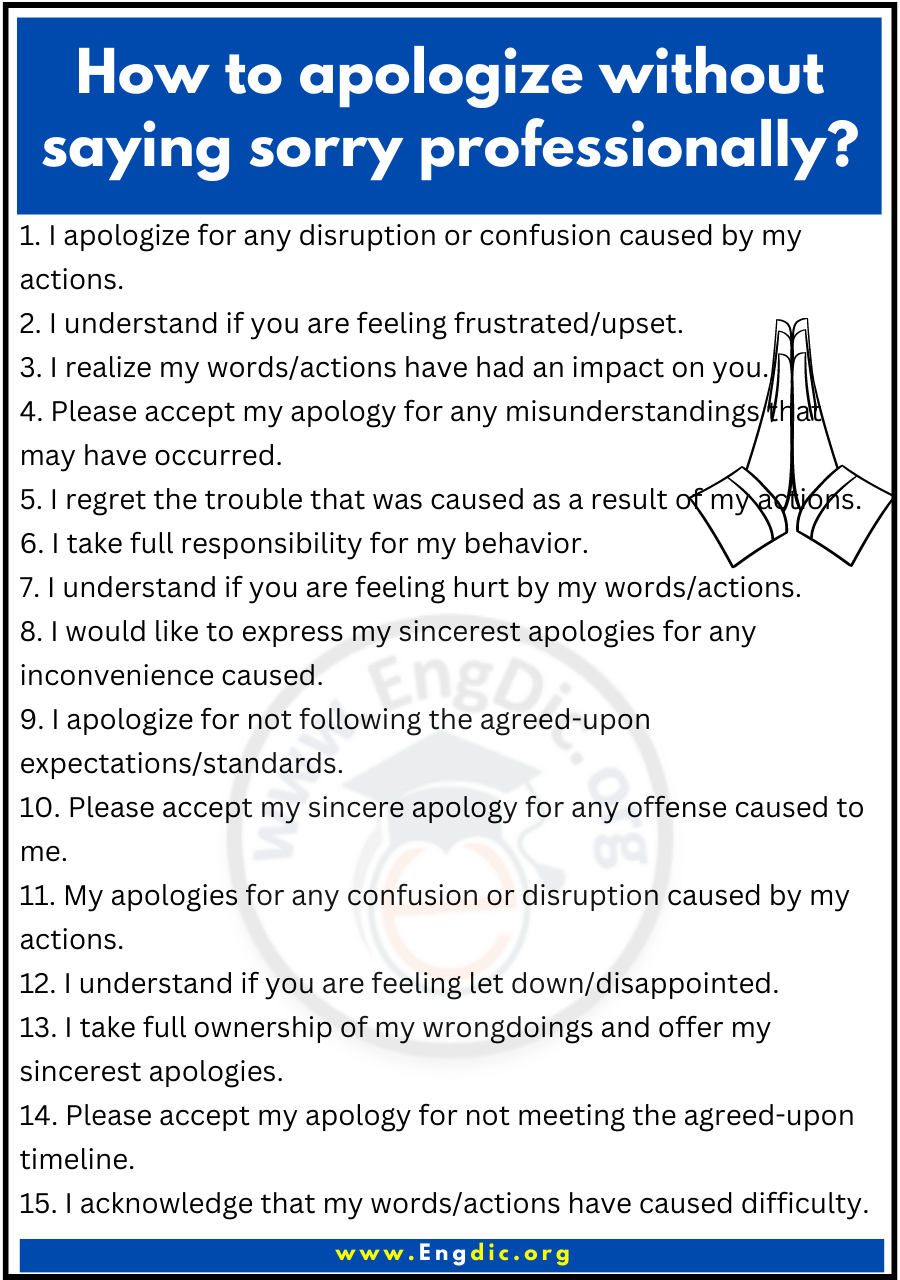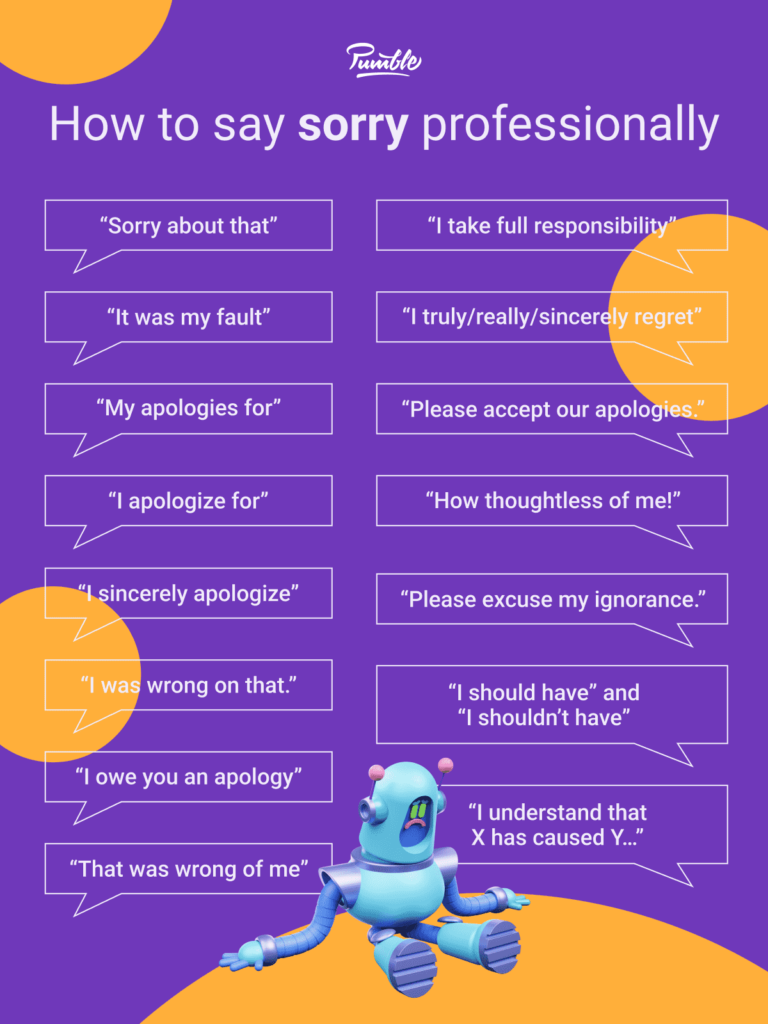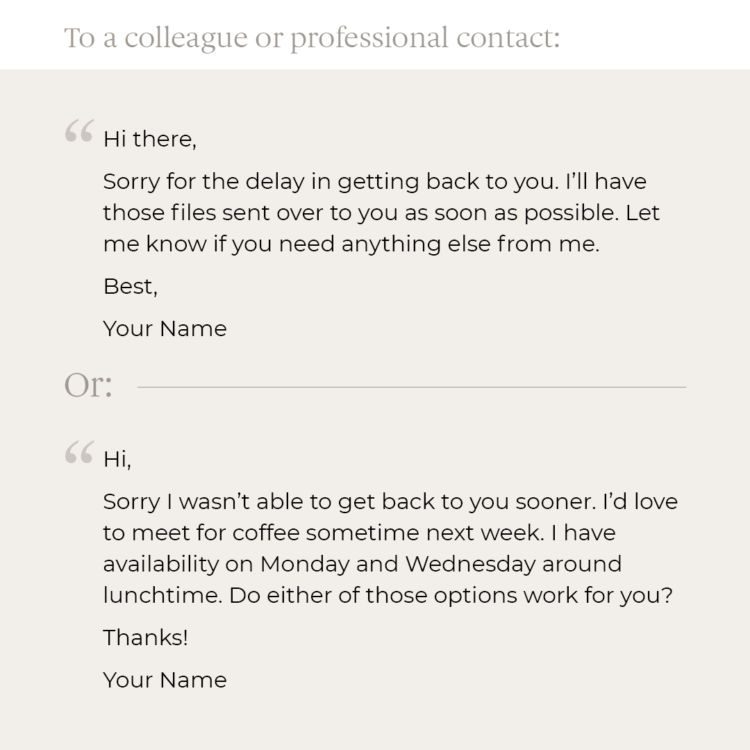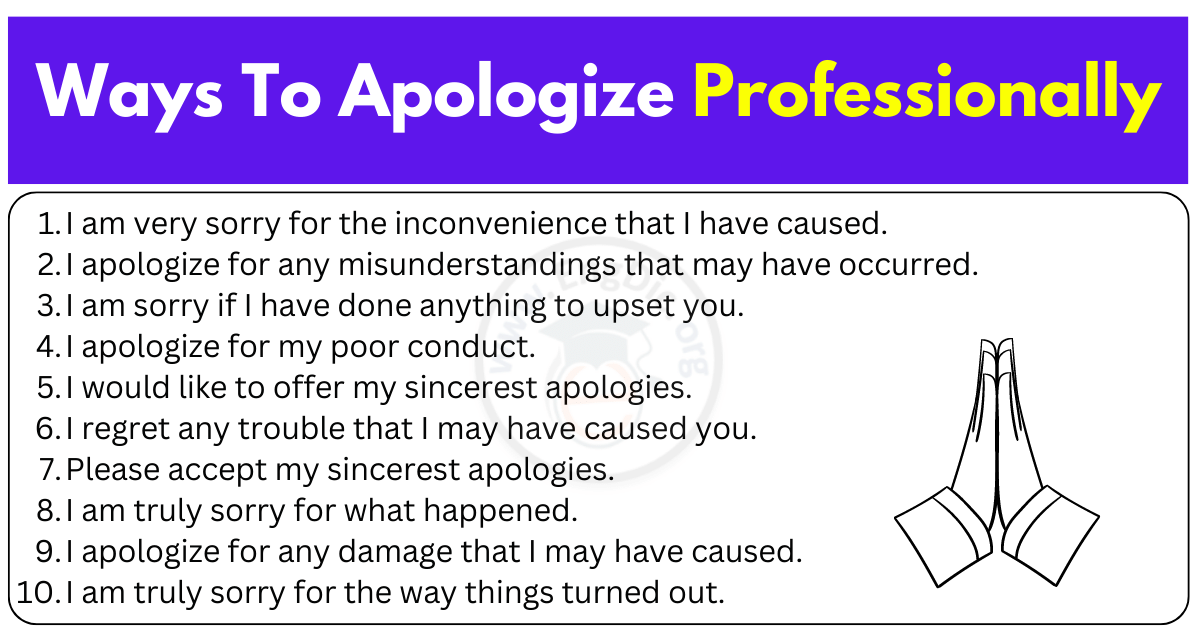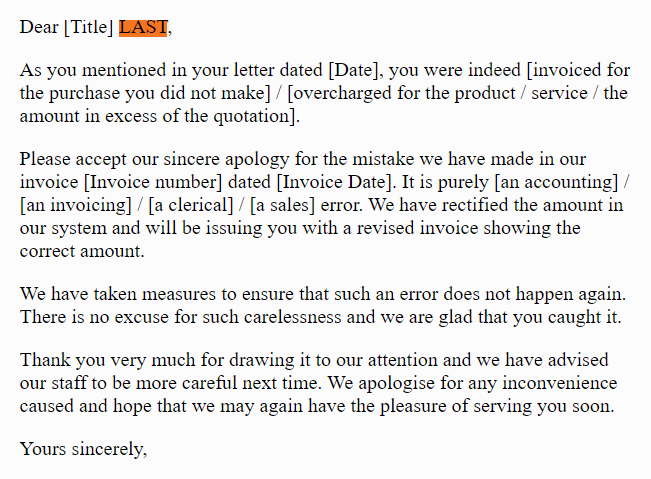How To Say Sorry In Email Without Saying Sorry

In the increasingly digital world, email remains a cornerstone of professional communication, but navigating the nuances of apologizing without explicitly using the word "sorry" has become a delicate art. This approach is often favored in situations where acknowledging fault is necessary, but direct admissions could have unintended legal or professional ramifications.
The ability to convey remorse and take responsibility without uttering the traditional apology is crucial for maintaining relationships and navigating potential conflict. This article explores alternative strategies for expressing regret and taking ownership of mistakes in email communications.
Understanding the Need for Alternative Apologies
The rationale behind avoiding the word "sorry" is multifaceted. Lawyers and HR professionals often advise against it in formal communications due to potential legal liabilities or implications in workplace disputes.
In other contexts, direct apologies can be perceived as insincere or weak, depending on the cultural norms and specific relationship dynamics at play. Therefore, mastering alternative phrasing is key to effective communication.
Strategies for Expressing Regret and Accountability
One common tactic involves expressing understanding and empathy for the recipient's situation. Acknowledging the inconvenience or frustration caused by an error demonstrates that you recognize the impact of your actions.
For example, instead of saying "I'm sorry for the delay," one could write, "I understand that the delay has caused inconvenience, and I appreciate your patience." This approach focuses on the recipient's experience and validates their feelings.
Taking ownership of the mistake is another crucial component. This involves explicitly acknowledging the error and taking responsibility for it. Avoid deflecting blame or making excuses, as this can undermine the sincerity of your message.
Consider saying, "I made an error in processing your request, and I am taking steps to rectify it immediately," rather than, "There was a problem with the system, which caused the delay." The former demonstrates accountability, while the latter shifts responsibility away from the sender.
Offering Solutions and Moving Forward
A critical element of any email conveying regret is to provide a solution or a plan for rectifying the situation. This demonstrates a proactive approach and reassures the recipient that you are committed to resolving the issue.
Instead of focusing solely on the mistake, highlight the steps you are taking to prevent similar errors in the future. This shows a commitment to improvement and provides reassurance to the recipient.
For example, you could say, "I have already implemented a new procedure to prevent this from happening again. I value your business and want to ensure this does not occur in the future."
Context and Relationship Considerations
The most effective approach to expressing regret without saying "sorry" depends heavily on the specific context and your relationship with the recipient. A formal email to a client requires a different tone than an email to a colleague.
Cultural differences can also play a significant role. What is considered acceptable in one culture might be perceived as insincere or inappropriate in another. Sensitivity to these nuances is essential for effective cross-cultural communication.
Ultimately, the key is to convey sincerity, empathy, and a commitment to resolving the issue. By focusing on the recipient's experience, taking ownership of the mistake, and offering a solution, you can effectively express regret and maintain positive relationships without using the word "sorry."
According to a 2023 survey by The Professional Communicators Association, 68% of professionals have had to navigate a situation where an apology needed to be issued without explicitly using the word "sorry." This highlights the prevalence of this communication challenge in the modern workplace.
Furthermore, legal experts at Miller & Zois, a prominent law firm, advise that in certain cases, an apology can be construed as an admission of guilt, which could have legal ramifications. They suggest focusing on acknowledging the impact of the error and offering solutions rather than directly admitting fault.
By mastering alternative phrasing, individuals can navigate sensitive situations with greater confidence and maintain positive relationships in both professional and personal contexts. The art of saying "sorry" without saying "sorry" is a valuable skill in today's communication landscape.
